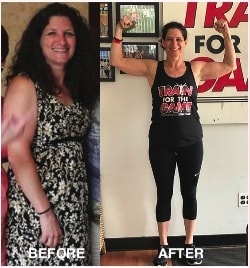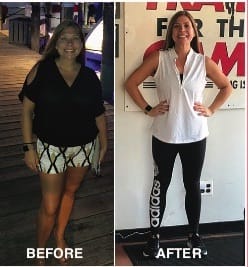The 6 Best Ways to Boost Energy with Your Diet
D o you ever feel like you’re running on empty? Are you tired of struggling to stay awake throughout the day? If you're looking for a natural and healthy way to boost your energy levels, you’re in the right place. In this blog post, we’ll be discussing the 6 best ways to boost energy with your diet. From adding certain foods to your meals to cutting out others, we’ll give you the tips and advice you need to get the energy you need to power through your day. 1) Start your day with protein Starting your day off with a protein-richbreakfast is one of the best ways to ensure your body gets the energy it needs throughout the day. Eating protein helps build and ....
Read more


